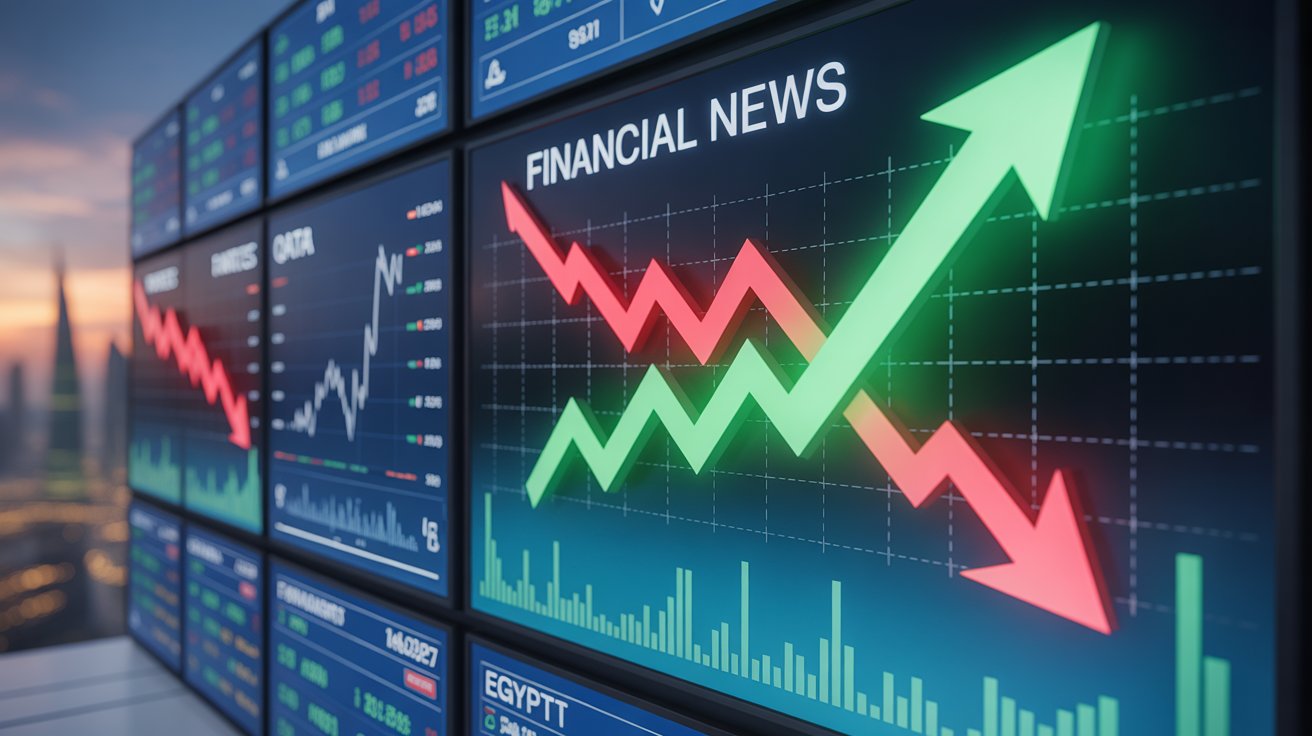
Global markets are closely watching the Middle East, where Saudi Arabia is once again proving its strength. Following the 0.25% interest rate cut by the U.S. Federal Reserve, Saudi Arabia aligned with the decision and lowered its own benchmark rate. This move boosted investor confidence, pushing the Saudi stock market higher for yet another session.
On the other hand, Qatar and Egypt are facing setbacks. After several weeks of gains, both markets slipped, reflecting concerns about capital outflows and weaker investor sentiment.
Why Saudi Arabia Is Rising
The Saudi market is benefiting from:
- Lower interest rates: Cheaper borrowing costs stimulate corporate growth.
- Strong oil prices: Despite global volatility, oil remains a key support for the Saudi economy.
- Government reforms: Vision 2030 continues to attract foreign investment.
These factors make the Tadawul (Saudi Stock Exchange) one of the most attractive in the region for both institutional and retail investors.
Why Qatar and Egypt Are Slumping
While Saudi Arabia rises, Qatar and Egypt are struggling:
- Qatar: Profit-taking after strong rallies in energy and banking stocks.
- Egypt: Weaker currency performance and inflationary pressures are weighing on local equities.
What Investors Should Watch Next
- U.S. Federal Reserve decisions → Any further rate cuts will continue to influence Middle Eastern central banks.
- Oil price movements → Saudi Arabia remains highly correlated with global energy trends.
- Regional politics and reforms → Qatar’s World Cup legacy projects and Egypt’s debt restructuring will shape future performance.
Conclusion
The divergence between Saudi Arabia’s upward momentum and the weakness in Qatar and Egypt reflects the growing fragmentation in Middle Eastern markets. Investors seeking stability may prefer Saudi Arabia for now, but diversification remains essential given the region’s volatility.
Saudi Arabian stock market, Middle East investing, Qatar stock slump, Egypt market decline, Tadawul index, Saudi interest rate cut, US Federal Reserve impact, oil prices Saudi Arabia, Vision 2030 investments, Middle East equities